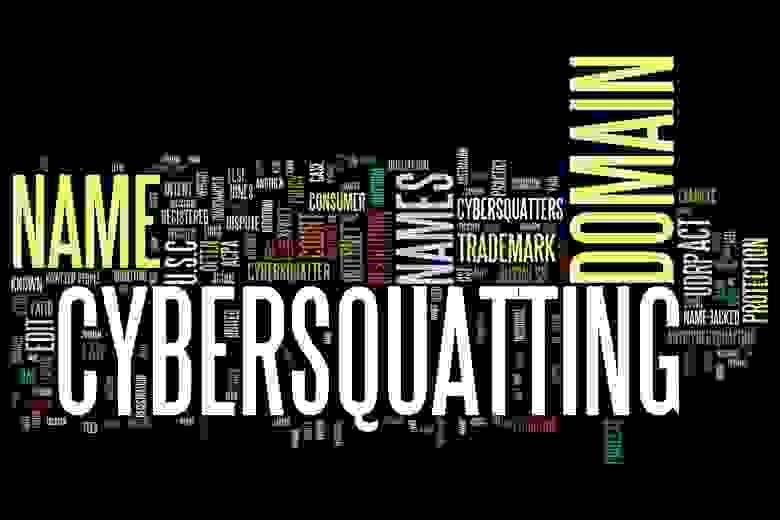Cybersquatting is one of the most pressing issues in the field of internet security, especially for companies wishing to establish their image online. In the digital age, cybersquatting poses a threat not only to legal entities but also to individual entrepreneurs. This phenomenon raises many questions regarding financial risks and opportunities for protection against domain fraud.
What is Cybersquatting?
Cybersquatting — is the practice of registering domain names that are of interest to target companies or celebrities, with the aim of subsequently selling these domains at an inflated price. Essentially, it is a form of property fraud that exploits legal loopholes and deficiencies in domain name management. Cybersquatters aim to achieve financial gain by selling domains to those who have legal rights to them.
Main Types of Cybersquatting
Cybersquatting can take various forms, including:
- Registration of similar domain names. Scammers register domains that are similar to well-known brands or trademarks, making small changes such as omitting a letter or changing the domain zone. This allows them to attract traffic from users mistakenly visiting their sites.
- Domain hijacking. Scammers can use mechanisms to capture domains that have expired. This allows them to quickly gain control over high-value domains.
- Creation of fake websites. Some cybersquatters create fake websites on registered domains that can mimic brands, thereby damaging the company's reputation and misleading consumers.
Legislation and Cybersquatting
Many countries strive to protect brand owners from such actions. For example, in the USA there is the Anticybersquatting Consumer Protection Act, which allows companies to file lawsuits against cybersquatters who use their trademarks in domain names. However, protection is not always effective, and many victims of cybersquatting may face difficulties trying to reclaim their domains.
Financial Risks of Cybersquatting
The financial risks associated with cybersquatting are diverse and can manifest in various forms. It is extremely important for businesses to be aware of these risks and take necessary precautions.
Reputation Losses
When cybersquatters register domains similar to the names of well-known brands, they put the company's image at risk. Users who end up on these fake sites may have a negative experience and, as a result, stop trusting the original brand. Repairing reputation requires significant financial and time resources.
Direct Financial Losses
If a company becomes a victim of cybersquatting, it may need to buy back the domain from the scammer. The price that cybersquatters set for domains can be astronomical. Instead of investing funds in business development, the company may be forced to spend resources defending against cybersquatters.
Trademark Rights and Legal Costs
In the event of a lawsuit against a cybersquatter, the company will need legal assistance. The more complex the situation, the more financial resources will be required to resolve it. Legal cases can drag on for a long time, which also leads to additional costs.
How to Protect Against Cybersquatting?
There are several strategies and methods that companies can use to protect their domains and brands from cybersquatters. It is important to remember that prevention is often more effective than subsequent measures.
- Trademark registration. The first and most important step — is registering your trademark. This creates a legal basis for protecting your brand and allows you to sue those who use your trademarks in domain names.
- Domain registration. Companies should register domains related to their business or name, including different domain zones (e.g., .com, .net, .org). This prevents cybersquatters from registering similar domains.
- Domain name monitoring. Regular monitoring of domain names associated with your brand will help you promptly detect suspicious registrations and take appropriate action. There are many services offering such services.
- Education and awareness. Training employees about cybersquatting and its associated risks can help prevent accidental errors that can harm the business. The more your team knows about the issue, the less likely they are to fall into scammers' traps.
Many companies have successfully fought cybersquatters and achieved the return of their domains. For example, in one case, a large technology company filed a lawsuit against several cybersquatters and won the case, confirming their right to use the trademark. The results obtained strengthened its position in the market and increased trust in the brand.
Cybersquatting poses a serious threat to businesses and individual entrepreneurs. Financial risks can be catastrophic, and ignoring this issue can lead to reputation losses and direct losses. To protect against cybersquatters, effective measures must be taken, including trademark registration, domain name monitoring, and raising awareness among employees. It's important to remember that it's better to prevent a problem than to solve it later. By protecting their interests online, companies can preserve not only their finances but also their business reputation.


